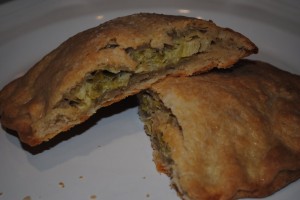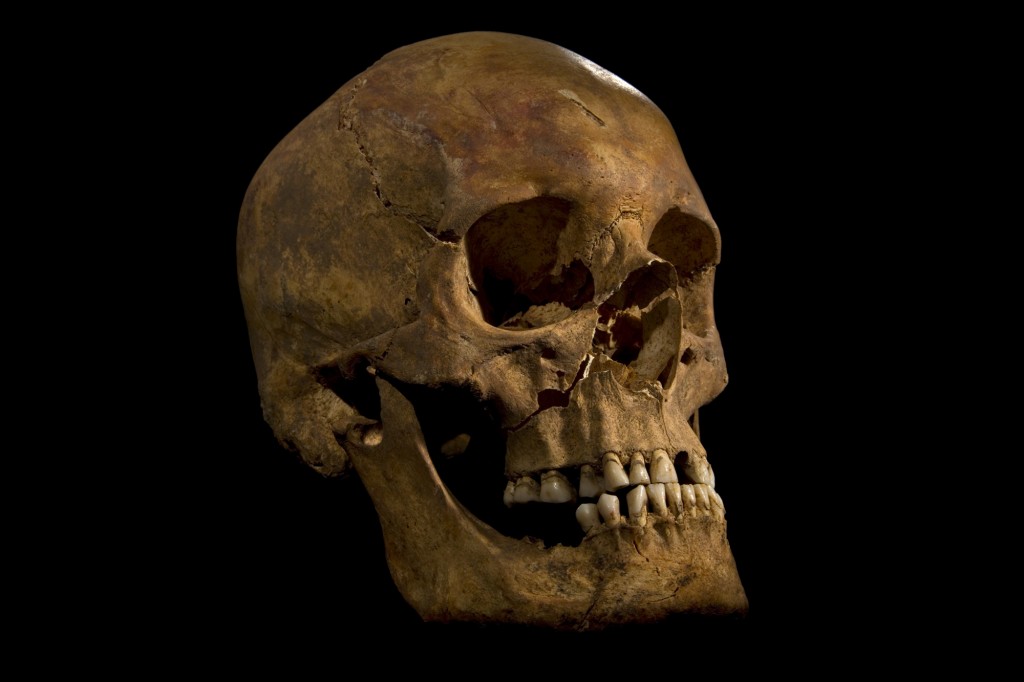Richard III ate a very protein-rich diet and lots of seafood. But he also suffered from roundworm
Richard III ate a very protein-rich diet. Whether this protein came from animals or plants (beans or peas) cannot be said. However, at least a quarter of the protein came from seafood. A diet like this was typical of a late medieval nobleman, who could afford to consume expensive foods like meat, game and fish.
However, analysis of skeletons from even high-status graves in the cemetery of St. Peter’s in Leicester has shown that they ate less protein and fish than Richard III.
Further analysis has shown that Richard must have suffered from stomach troubles. Careful analysis around the gut area of Richard III resulted in finds of microscopic egg-casings from roundworms, an intestinal parasite.
Finally his teeth have been analysed. Researchers found that he must have suffered severe tooth decay, possibly from a “sweet tooth”, which he was able to please.
There exists at least one menu from a party, Richard III attended: his coronation on the 06.07.1483. At this feast venison, roast cygnet (swan), roast crane, roast heron, roast bittern (small heron), roast egret (another heron), sturgeon and pike were served. The banquet lasted over five hours and Richard was served on a golden plate, while Anne his wife was served on a gilt plate.
SOURCE:
Richard III. The King under the Car Park.
By Mathew Morris and Richard Buckley
Leicester University press 2013.
The intestinal parasites of King Richard III
By
Dr Piers D Mitchell et al
In: The Lancet, Volume 382, Issue 9895, Page 888, 7 September 2013
Richard III – the final act
By Amit Rai
IN: British Dental Journal 214, 415 – 417 (2013)
The Coronation of Richard III: The Extant Documents.
Ed. by Anne F. Sutton ad P.W. Hammond
Alan Sutton 1983
